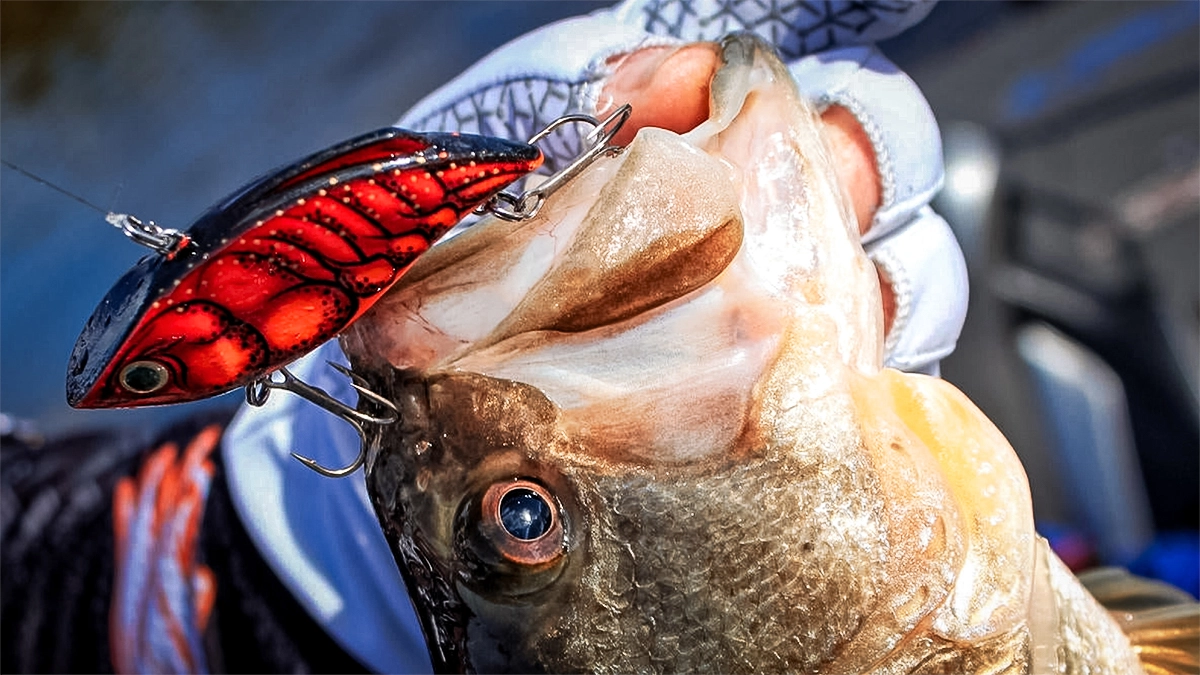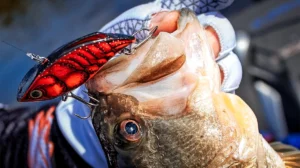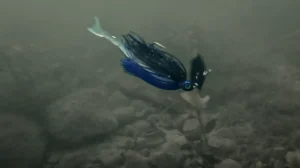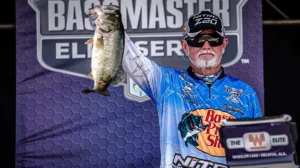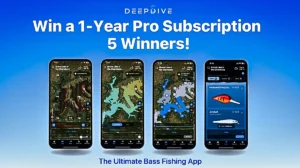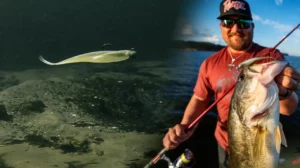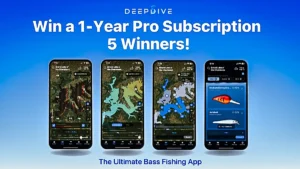A lipless crankbait is one of the most versatile baits in the angler’s tackle box. It can be fished in mere inches of water out to about 20 feet. You can fish it out in the open, around isolated cover like stumps, rocks, and docks and even through submerged cover like hydrilla, milfoil, and coontail. And you can catch fish on a lipless crank in the winter, spring, summer, and fall — though spring and fall are best. But the versatility of a lipless can actually make it a little challenging to dial in. There are a lot more choices to make and variables to consider than there are when using something like a Carolina rig that you just lob out and drag back. So, we’re here to help with some of that as we explore three lipless crankbait retrieves that catch more fish.
Basic Lipless Crankbait Retrieve
We’re going to use the unique retrieves of each of the three techniques we’re going to look at to differentiate them.
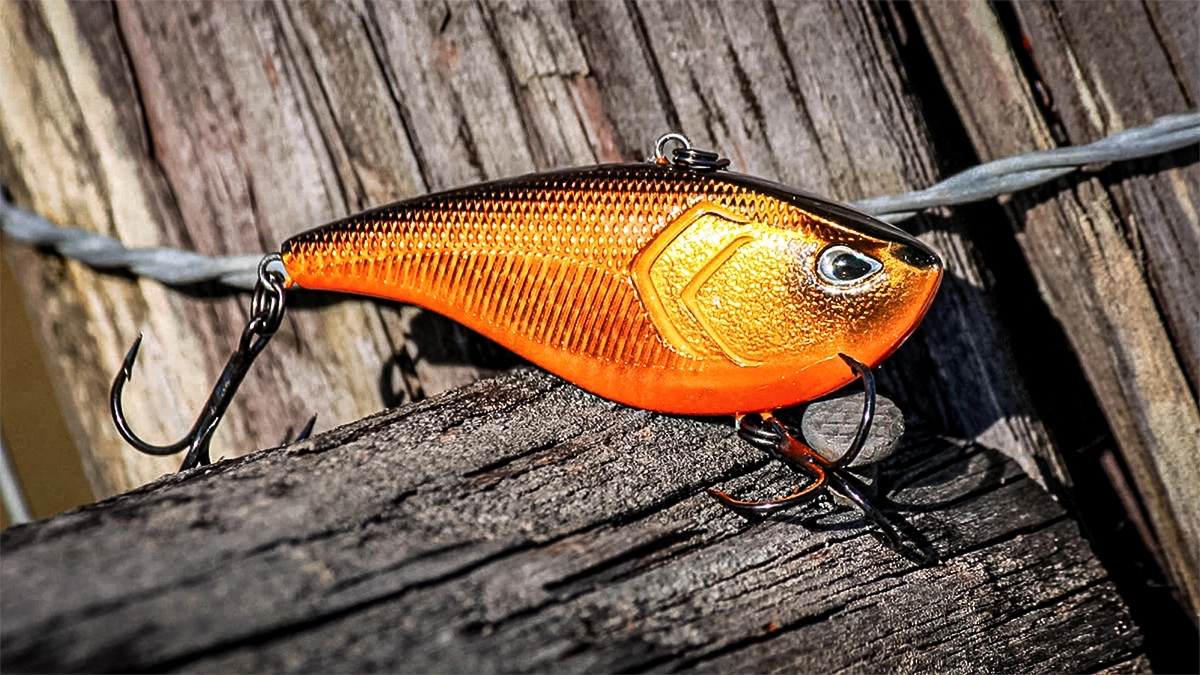
With a basic retrieve, you simply cast your lure out, and then reel it in on a primarily steady retrieve. But even when fishing a lipless crankbait with a steady retrieve you’ll inevitably want to impart a little added action at times by twitching your tip and pumping the rod a bit. This helps your bait shed any little pieces of debris it might pick up and the slight stutter in the action is often enough to get a trailing bass to commit.
When To Use a Basic Lipless Crankbait Retrieve
You’ll want to use a basic retrieve when you’re fishing in about 1 to 8 feet of water, on flats, or along banks with gradual slopes. As you retrieve your bait, the goal is to keep it close to the bottom without actually making contact with the bottom much. Sometimes, this means burning the bait back across a flat with 1 to 2 feet of water covering it. Other times, you’ll be casting to the bank and then letting the bait follow the contour of the bottom back to the boat by gradually slowing your retrieve as the water gets deeper.
For this style of fishing, baits ranging from 1/4- to 1/2-ounce work best. In the ultra-shallow water, the 1/4-ounce is hard to beat. And then, when you get out to 2-plus feet of water, something closer to 1/2-ounce is better.
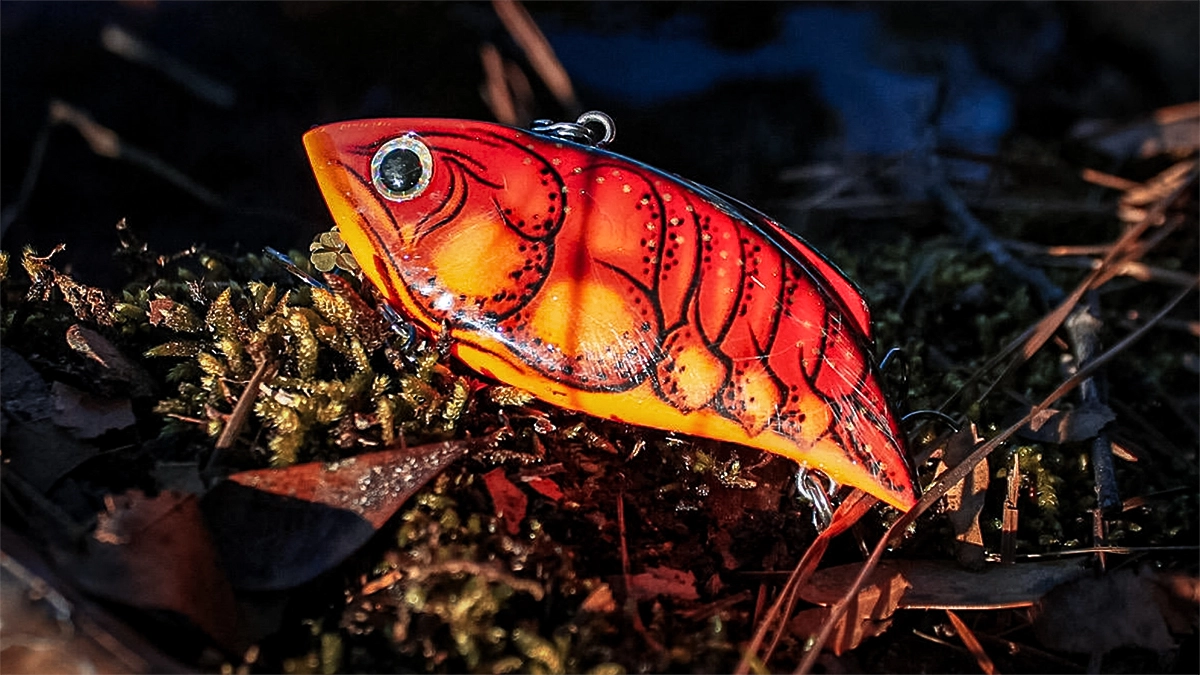
There are times when bass are keying on smaller baitfish, so the 1/4-ounce works well even deeper. Additionally, some companies, like Bill Lewis, offer lipless cranks that have a 1/2-ounce profiles, but they float, which gives you a larger bait that you can fish shallower.
Two all-around great baits for this style of fishing are the Strike King Red Eye Shads in both 1/4- and 1/2-ounce versions.
Yo-Yoing a Lipless
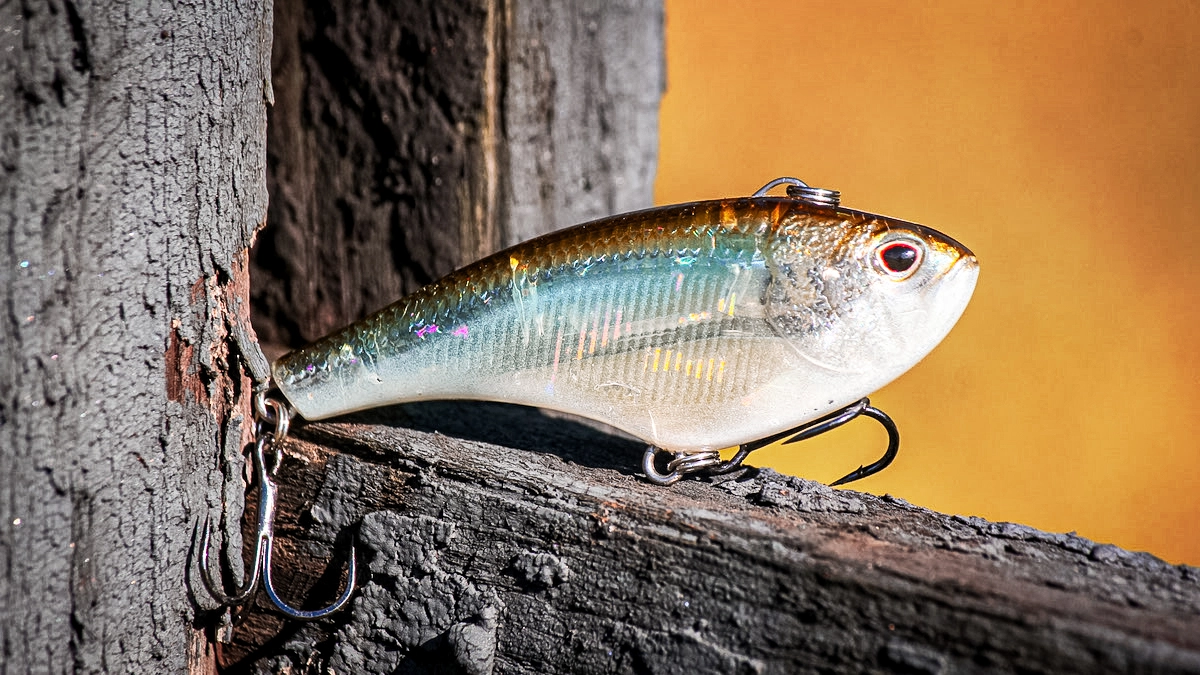
When you move out to deeper water in the 8- to 20-foot range, yo-yoing can be a great way to catch fish.
In a nutshell, yo-yoing a lipless means throwing one out, letting it sink down to the bottom, and then ripping it back up through the water column. Then, the bait is allowed to sink back down again, until it is snatched back up high in the water. This is done repeatedly throughout the cast until the bait has made its way back to the boat.
When To Use a Yo-Yo Lipless Crankbait Retrieve
For this style of fishing, you’ll want to look for fish that are hanging around points, drop-offs, creek channels, bluffs, and anywhere else that they may be trying to coral bait. This is a primarily open water technique, meaning the bass are typically relating to the bait and the overall topography of the area as opposed to small pieces of cover.
The fish may be down on the bottom or they may be up higher in the water column. Once you determine that, you can focus on a specific chunk of the water column you want to cover. For instance, if the bass are suspended from the surface to 5 feet down over 20 feet of water, there’s no need to let the bait fall all the way to the bottom. Just let it fall past the fish, and then pull it back up above them. You’re basically trying to convince them that there is a struggling baitfish right in front of them that’s ripe for the picking.
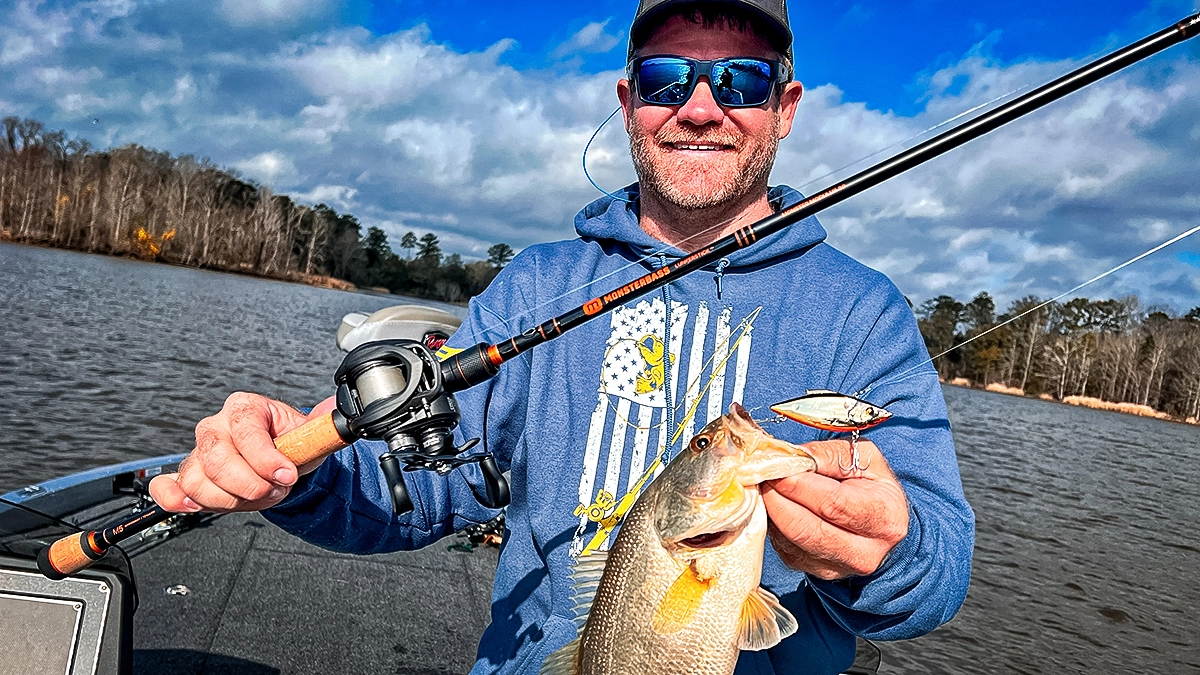
For yo-yoing, 1/2-ounce baits are great. I’ve had better success with a standard Bill Lewis Rat-L-Trap than anything else.
You’ll find that each brand of lipless crank falls a little differently. Some have a nose-down fall, some kind of rock back and forth and others may even spiral. The nose-dive seems best to me, because it’s ready to snatch back up when the time comes. But you don’t want it to plummet really fast, either, and you definitely don’t want a bait that spirals, because it will cause lots of line-twist issues.
Ripping a Lipless Crankbait
In the modern era of lipless crankbait fishing, ripping a lipless is probably the most recognizable technique and the most common. Throwing a lipless crankbait over, in, and around submerged vegetation has become extremely popular in the past couple of decades.
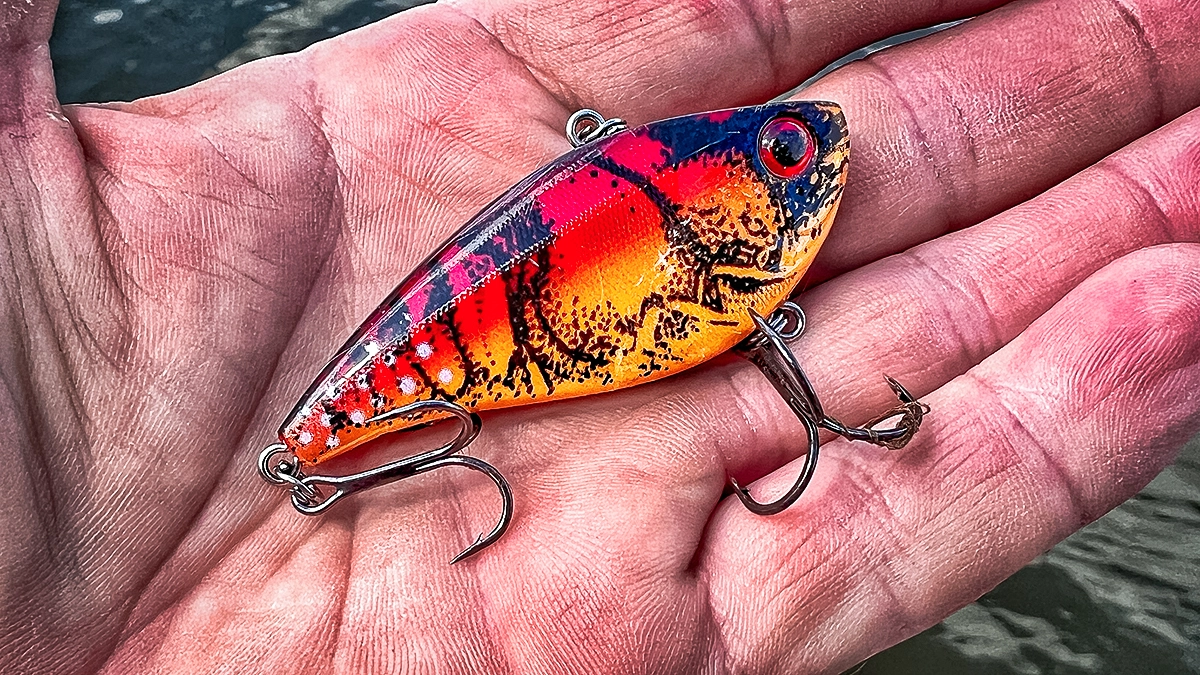
You can’t do this just anywhere though, as you obviously have to have some sort of submerged vegetation in your fishery, like hydrilla, milfoil or coontail. And this is primarily a late winter/early spring technique used to target pre-spawn bass.
If you do have this combination of criteria though, the technique essentially marries the two we’ve already covered. You want to throw your lipless out, and then reel it in with a steady retrieve just above the submerged vegetation. The goal is to make the bait tickle the top of the grass as it’s reeled along, and then, when it inevitably bogs down in a clump of grass, rip the bait free by snatching really hard. Then, let the bait fall quickly back down to the grass and return to the steady retrieve.
You will get some bites while steadily retrieving the bait, but most will come as the bait bursts free from the cover or falls back down. This erratic action triggers bass in the area that are either positioned near the clump of cover or are trailing the bait.
When To Rip a Lipless
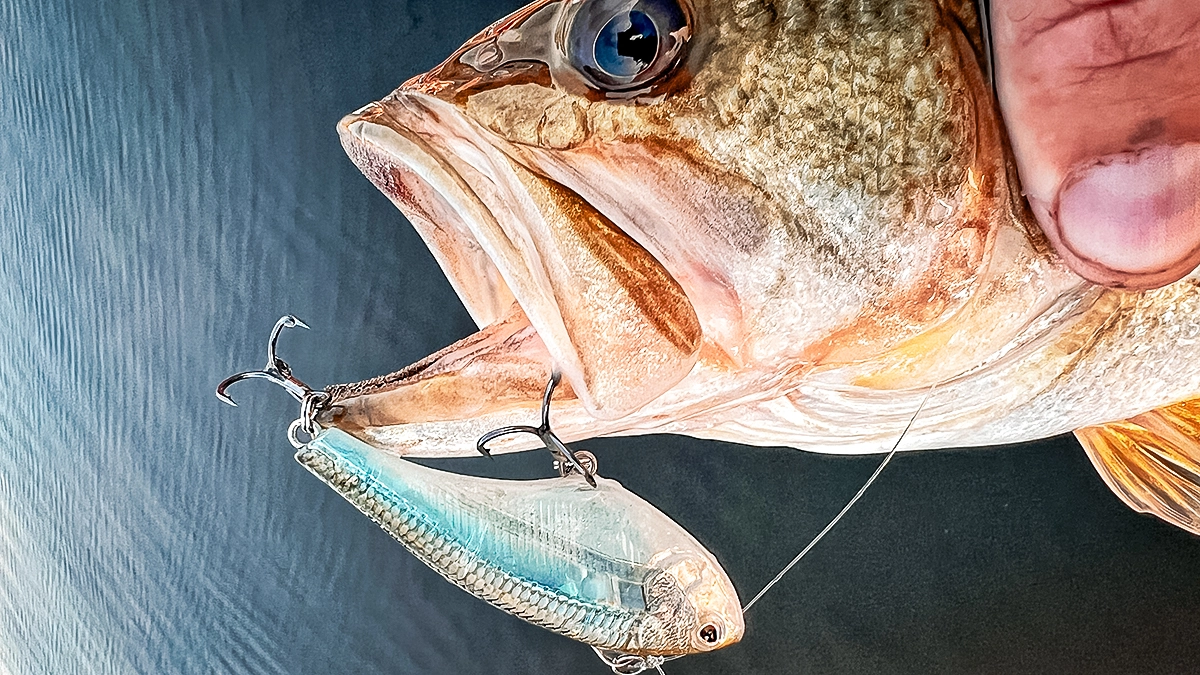
This is again a fantastic way to catch fish throughout the pre-spawn phase, as the bass use lines and clumps of submerged vegetation to feed up for the grueling spawning process ahead.
Because this style of fishing is so centered around a certain time frame, the color selection is pretty narrow, as well. Bass will bite baits that are shad-colored, as well as gold with black backs, but red reigns supreme. It’s believed this has something to do with crawfish being red this time of year, but that’s not always the case on every fishery. Regardless of the why, bass bite these baits extremely well.
Final Notes on Tackle
As gear goes, you can fish a 1/2-ounce lipless a variety of ways on a 7-foot, medium or medium-heavy casting rod with 15-pound-test fluorocarbon. A casting reel with a 7:1 gear ratio or higher is critical. If you move to a 3/4-ounce bait, you’ll need to beef your rod up a bit, to maybe a 7’ 3” medium-heavy.
You really need to change up your gear if you plan on ripping a lipless crankbait. Since it has little to no stretch, using 30-pound braid with a 7’ 3” medium-heavy (or even bigger) and an 8:1 gear ratio reel will allow you to cast your lipless farther and still be able to rip it free from the cover when it bogs down.
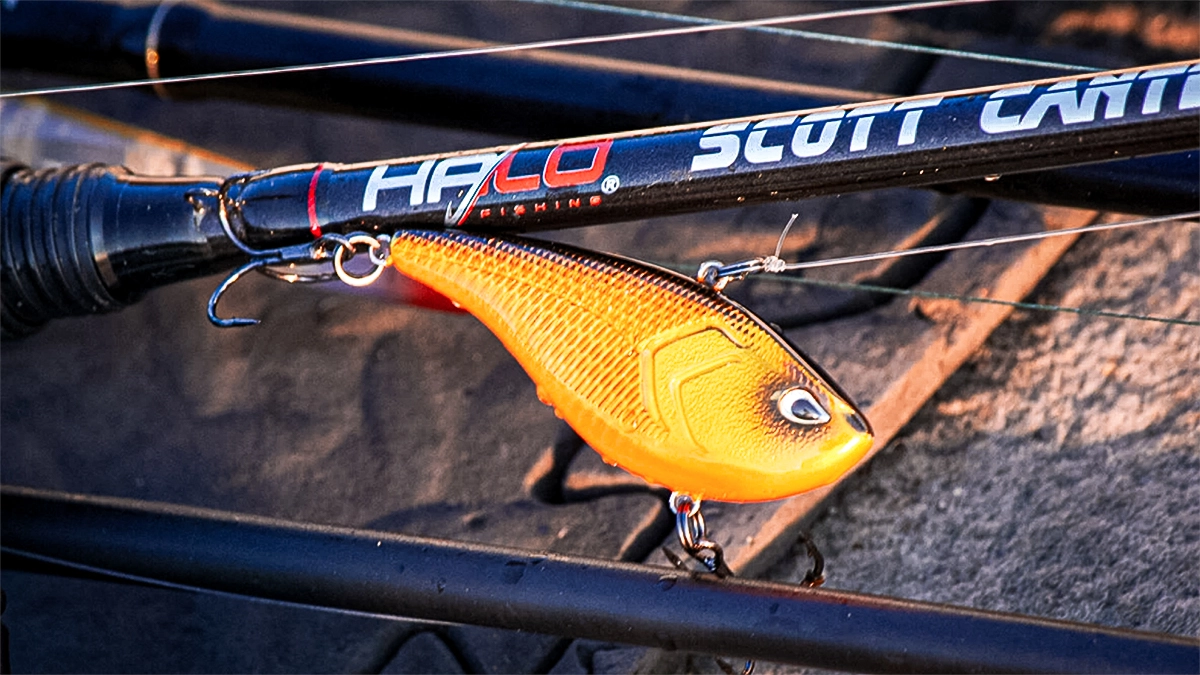
Trying to do this with stretchier fluoro simply doesn’t work unless you fish close to the boat. The braid will also help you keep the bass from burying up in the cover, and it gives you a better chance of pulling them out if they do.
With these three styles of lipless crankbait fishing you can cover water as deep as 20 feet any time of the year.
In short, if you want to fish shallow, a steady retrieve with a little action here and there works great. When you move to deeper water, try yo-yoing your bait. When it comes to dense submerged cover, there’s nothing like ripping your lipless through it. Give one of these methods a try on your next outing and see how you do.


